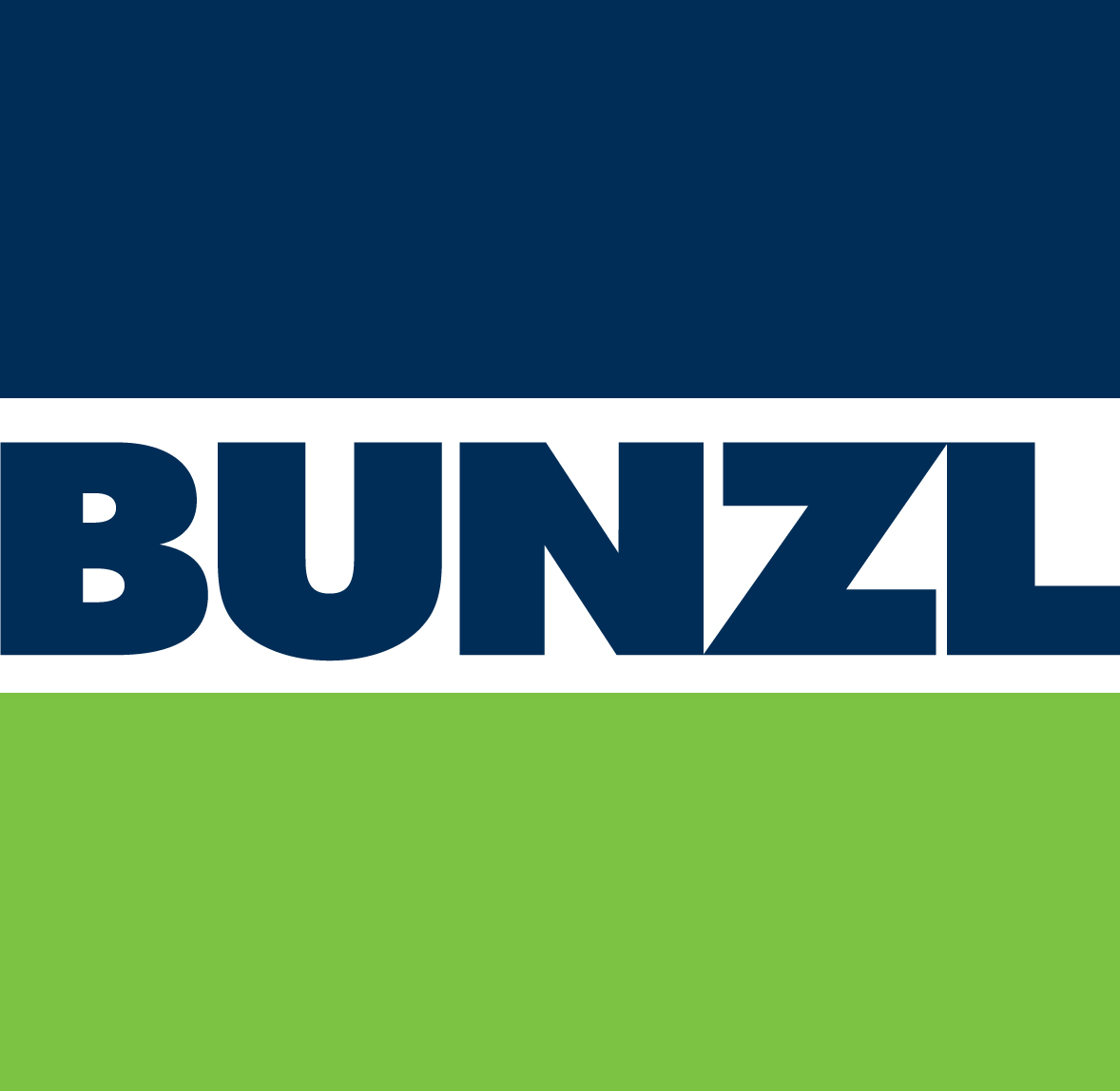For Bunzl it is key to automate the receiving of customer (sales) orders via any structured means that is safe and can be integrated, but upon request we are happy to include other messages for our customers as well (most commonly required ones being order responses, despatch notes and invoices).
Our customers are naturally free to choose which solution and standard fit them best, although we are happy to advise them.
Bunzl supports several standards, message types and solutions to communicate with its customers, and is continuously enhancing these to meet customers needs. Please be encouraged to extend your need to your local Bunzl contact person, even if currently you do not find your desired platform or solution yet in our below range of solutions. Some are based off on international standards, but we proudly claim that we can accommodate almost any inhouse formats and channels too.
The most common solutions we have in place to receive orders from our customers are summed up below. Please note that for customers that do not want or cannot enter any of the classic solutions, above, Bunzl has a very simple-to-use solution at almost no cost, called the ScanApp. This will be detailed on a separate page.
Customer EDI solutions
| Format | Communication channel | Description |
|---|---|---|
| Classic EDI (based on EDIFACT / EANCOM) e.g. ORDERS D96A/D01B INVOIC D96A/D01B DESADV D96A/D01B APERAK D96A IFTMIN D02A | via classical communication channels (e.g. AS2 sFTP webservice) OR via email | |
| cXML | via classical communication channels (e.g. AS2 sFTP webservice) OR via email OR via procurement, invoicing and government platforms such as Peppol, VAX Nemhandel | |
| PDF2XML (pdf-to-xml) | via e-mail | This is especially used with customers not able to send orders electronically via a structured EDI format. They can either use our standardized pdf or submit their own version which we will configure. |
| Other inhouse (non-standard) formats, e.g.: XML, flatfiles, CSV | via classical communication channels (e.g. AS2 sFTP webservice) OR via email | |
| XML | our local webshops | Please feel free to reach out to your local Bunzl contact to identify the one that best suits your needs, or have a look at our webshop pool yourself |
| XML | Webshop and procurement platform integrations (OCI punchouts and cXML punchouts) | PunchOut is a protocol that simplifies the B2B ordering process. It creates a direct connection between the procurement application and the supplier’s webshop. As main advantage, through a PunchOut the customer has access to the specific catalog without entering any login credentials. CXML punchout: CXML is an XML language created by Ariba to exchange business documents between Ariba procurement system and ecommerce platforms. Now other procurement systems (e.g. Coupa) use cXML messages to do business transactions with B2B ecommerce sites. OCI punchOut is originally used by SAP systems. Functionally there is also a difference: cXML PunchOut has the possibility to give customized error messages to the user when the server connection fails, while the OCI PunchOut does not have this option, only an HTTP 404 error. |
| UBL | PINT, Peppol government platforms | Peppol is the abbreviation for Pan-European Public Procurement Online.The Peppol network started off in 2008 by the European Commission. Connected organizations can exchanges business documents via this network. The most commonly used format and message type is the UBL invoice (Universal Business Language). Bunzl can send UBL invoices, not only to (local) authorities, but also to other companies in Europe. |
| XML | A barcode scanning application that promptly sends us your orders. | A barcode scanning application that promptly sends us your orders. |
Once you have decided that you wish to integrate your order-to-cash flow with Bunzl (partly or fully), please follow these steps.
- To align options for customer EDI please contact your local Bunzl EDI team.
- Conduct masterdata wash with them, which is fundamental in all EDI projects.
- If applicable, submit test orders to Bunzl for validation following the agreed method – normally via email -, while keeping sending orders in the traditional (non-EDI) way as well.
- If applicable, request test response messages from Bunzl for your validation in the agreed way (e-mail, EDI etc.).
- Once the messages got the final approval, secondary (non-EDI) documents can be terminated and the live EDI flows starts, with the EDI documents being primary and legally binding.
- Should you have any questions, feel free to contact your local Bunzl EDI team.
